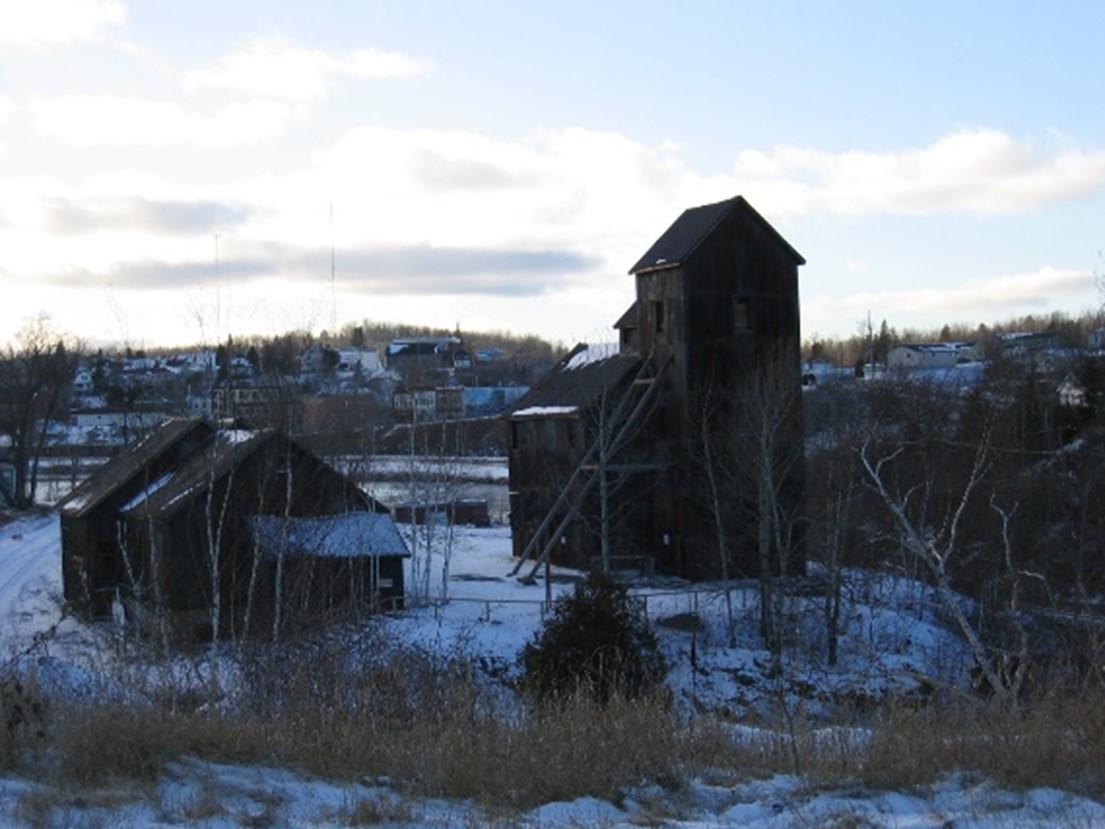5. Evaluation
Non-designated or ‘listed’ properties included on the municipal register and newly identified properties may be candidates for designation under section 29 of the Ontario Heritage Act. Heritage designation is a legal protection mechanism with implications for the alteration and demolition of a heritage property.
Properties being considered for individual designation must undergo a more rigorous evaluation than is required for including non-designated properties on the municipal register. The evaluation criteria set out in Ontario Regulation 9/06 form a test against which properties must be assessed.
To ensure a thorough, objective and consistent evaluation across the province, and to assist municipalities with the process, Ontario Regulation 9/06 prescribes the criteria for determining property of cultural heritage value or interest in a municipality. The regulation requires that, to be designated, a property must meet “2 or more” of the criteria set out in paragraphs 1 to 9 of subsection 1(2) of the regulation. A property’s cultural heritage value or interest is expressed through specific heritage attributes that are identified through the evaluation process. Heritage attributes can range from specific architectural details to entire structures where an event took place, to natural features that hold special meaning or sites of significance to Indigenous community.
A property should be evaluated against all the criteria prescribed in regulation. The more criteria applied as part of the evaluation process, the more is learned about the property and its relative cultural heritage value or interest. The resulting evaluation will provide thorough evidence to support decisions about heritage conservation measures. Council must be satisfied that the property meets two or more of the criteria set out in paragraphs 1 to 9 of subsection 1(2) of Ontario Regulation 9/06 before it can be designated under section 29. Meeting 2 criteria is the minimum threshold set out in the regulation,. However, a municipality is not required to designate every property that meets 2 of the criteria and council may determine that a property is not a strong candidate for designation after examining the staff report.
5.1. Conducting the evaluation and determination of cultural heritage value or interest
Based on the information documented through research, the property should be evaluated against each of the criteria as described in paragraphs 1 to 9 in subsection 1(2) of Ontario Regulation 9/06 to determine the property’s cultural heritage value or interest.
Through the evaluation of the property, it should be possible to:
- recognize a property that warrants long-term protection under section 29, and provide a rationale to support that determination and a recommendation as to how to prioritize designation
- recognize a property where other heritage conservation and commemoration tools, (e.g., plaques, planning tools), are more appropriate
- determine that a property does not meet the criteria for cultural heritage value or interest and
- where it is determined that a property meets the criteria and is of cultural heritage value or interest:
- formulate the statement explaining the cultural heritage value or interest of the property, including identifying which criteria are met and explaining how the criteria are met, as required for a section 29 designation bylaw
- identify the heritage attributes that support the cultural heritage value or interest, as required for a section 29 designation bylaw
It is advisable that an approach or model to evaluating potential heritage properties be adopted as a standard municipal procedure or policy. The adoption of a policy or standard practice enables council, municipal heritage committees, municipal staff including planning and building officials, land use planners, heritage organizations, property owners and the public to apply the process in a consistent and defensible manner.
5.2. Identifying the heritage attributes
The heritage attributes of the property, its buildings and/or structures are identified based on their contribution to the property’s cultural heritage value or interest. These include the physical materials, forms, location and spatial configurations that together characterize the cultural heritage value or interest and should be retained to conserve that cultural heritage value or interest.
Physical features or elements are considered heritage attributes where:
- they are key for the conservation of the cultural heritage value or interest
- it can be demonstrated that they relate to the cultural heritage value or interest of the property as identified through the application of the criteria in Ontario Regulation 9/06
- they currently exist
For further information on heritage attributes refer to section 4.2 of the Designating Heritage Properties guide.
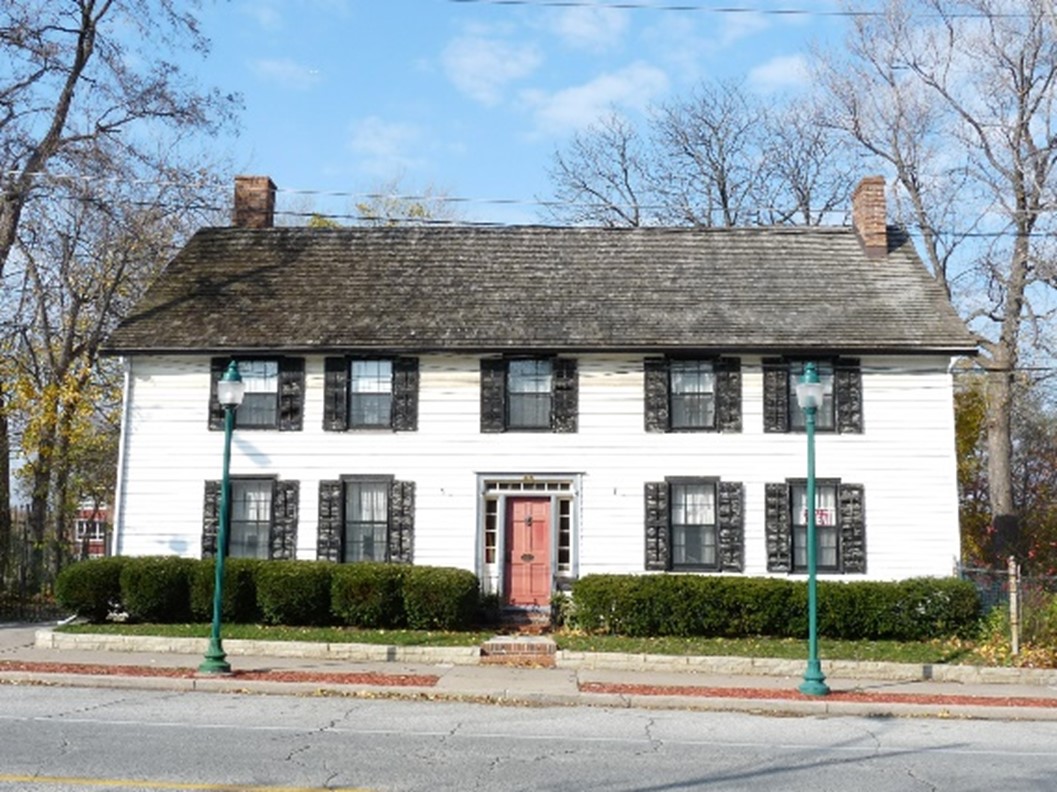
5.3. Assessing integrity
A heritage property does not need to be in original condition. Few survive without alterations on the long journey between their date of origin and today. Integrity is a question of whether the existing heritage attributes continue to represent or support the cultural heritage value or interest of the property.
For example, a building that is identified as being important because it is the work of a local architect, but has been irreversibly altered without consideration for design, may not be worthy of long-term protection for its physical quality. The surviving features no longer represent the design; the integrity has been lost. If this same building had a prominent owner, or if an important event took place there, it may hold cultural heritage value or interest for these reasons, but not for its association with the architect’s design aesthetic. The fact that the building continues to exist over time and stands as a reminder of the event or person, may be more important to the cultural heritage value or interest of the property and its value to a community than detailed physical elements.
Cultural heritage value or interest may be intertwined with location or an association with another structure or environment. If these have been removed, the integrity of the property may be seriously diminished. Similarly, removal of historically significant materials, or extensive reworking of the original craftsmanship, would warrant an assessment of the integrity.
There can be value or interest found in the evolution of a heritage property. Much can be learned about social, economic, technological, and other trends over time. The challenge is being able to differentiate between alterations that are part of an historic evolution, and those that are expedient and offer no information of value.
An example would be a sawmill originally powered by a waterwheel. Many mills were converted to steam turbine technology, and later to diesel or electrical power. Being able to document or present the evolution in power generation, as evidenced in this mill, has cultural heritage value or interest.
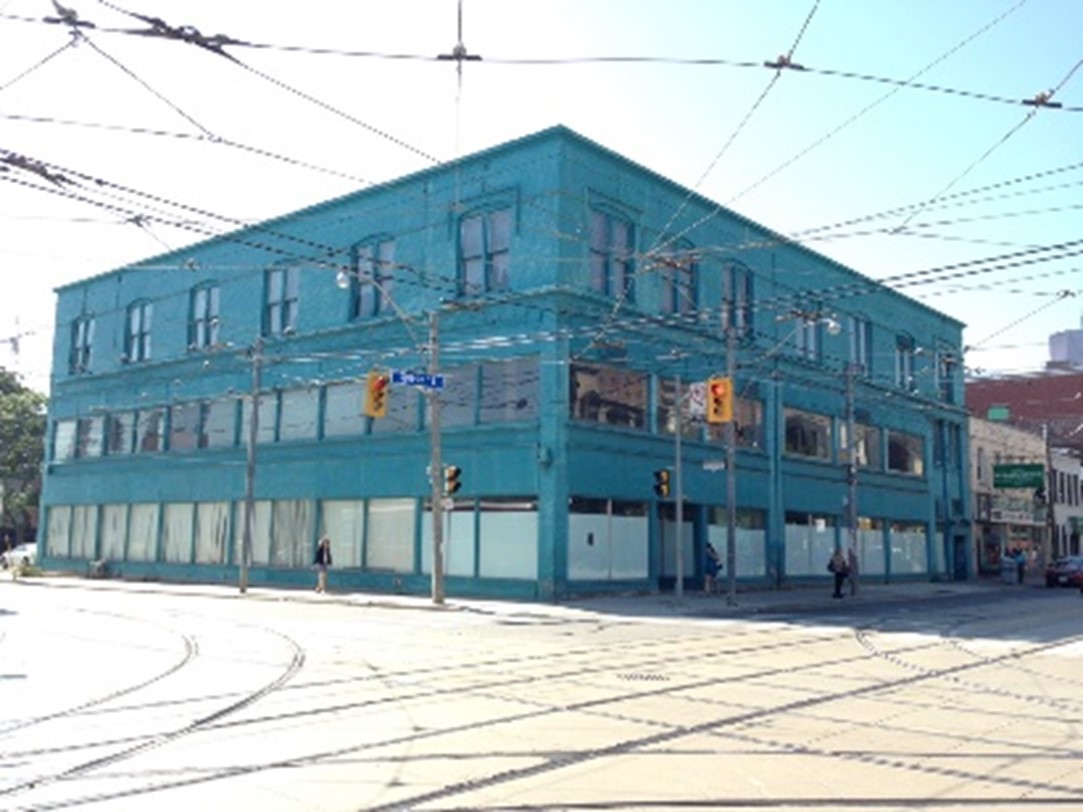

Figure 18. As can be seen in these photos depicting the restoration of 339 Queen Street East in Toronto, material changes to a property do not necessarily result in a loss of integrity. In this case, the building was restored by reinstating the features that contribute to its cultural heritage value. (Image courtesy of the City of Toronto)
5.4. Who does the evaluation?
Under the Ontario Heritage Act, a municipal heritage committee can be appointed to advise council on matters relating to the Act and other heritage conservation matters. This can include identifying potential heritage properties, compiling the municipal register and using the criteria for evaluating the cultural heritage value or interest of those properties. By using a committee, the objectivity of the evaluation is maintained.
Heritage planning staff, municipal staff, community or heritage organizations, an external heritage consultant, or other qualified person who understands the purpose of evaluating the cultural heritage value or interest of a property, are often engaged to undertake the evaluation.
In some cases, the municipal heritage committee and municipal staff can both complete an evaluation and work together to provide advice to council.
Regardless of academic or professional background, the person conducting the evaluation should have:
- understanding of Ontario Heritage Act framework
- knowledge of the cultural heritage of the community
- expertise, qualifications and/or experience in the identification, evaluation and documentation of cultural heritage resources, relevant to the type of resource being considered
- recent experience in the identification, evaluation and conservation of cultural heritage resources (e.g., within the last three to five years)
When a municipality needs to engage the services of a heritage consultant, it is advisable to ensure that any contract includes requirements for recognized heritage qualifications. When a municipality engages the services of volunteers, municipal staff with heritage qualifications will be a valuable resource to guide the work.
Examples of an individual that may be considered a qualified person by an Indigenous community include:
- they are an individual who is recognized within the relevant Indigenous community, such as an Elder or respected community researcher or
- someone who has been appointed by Chief and Council for the purpose of contributing to a cultural heritage study or evaluation
Experience in all three categories of cultural heritage resources – built heritage resources, cultural heritage landscapes and archaeological resources – is not essential. Rather, the experience should fit the type of resources that are being evaluated.
Identifying and evaluating heritage properties may require a variety of expertise that usually exceeds what any one person may have. Individuals with specialized knowledge and experience may be needed for many aspects of the work or for specific activities.
5.5. Ontario Regulation 9/06 under the Ontario Heritage Act
5.5.1. Criteria for determining cultural heritage value or interest
Criteria
- The property has design value or physical value because it is a rare, unique, representative or early example of a style, type, expression, material or construction method.
- The property has design value or physical value because it displays a high degree of craftsmanship or artistic merit.
- The property has design value or physical value because it demonstrates a high degree of technical or scientific achievement.
- The property has historical value or associative value because it has direct associations with a theme, event, belief, person, activity, organization or institution that is significant to a community.
- The property has historical value or associative value because it yields, or has the potential to yield, information that contributes to an understanding of a community or culture.
- The property has historical value or associative value because it demonstrates or reflects the work or ideas of an architect, artist, builder, designer or theorist who is significant to a community.
- The property has contextual value because it is important in defining, maintaining or supporting the character of an area.
- The property has contextual value because it is physically, functionally, visually or historically linked to its surroundings.
- The property has contextual value because it is a landmark.
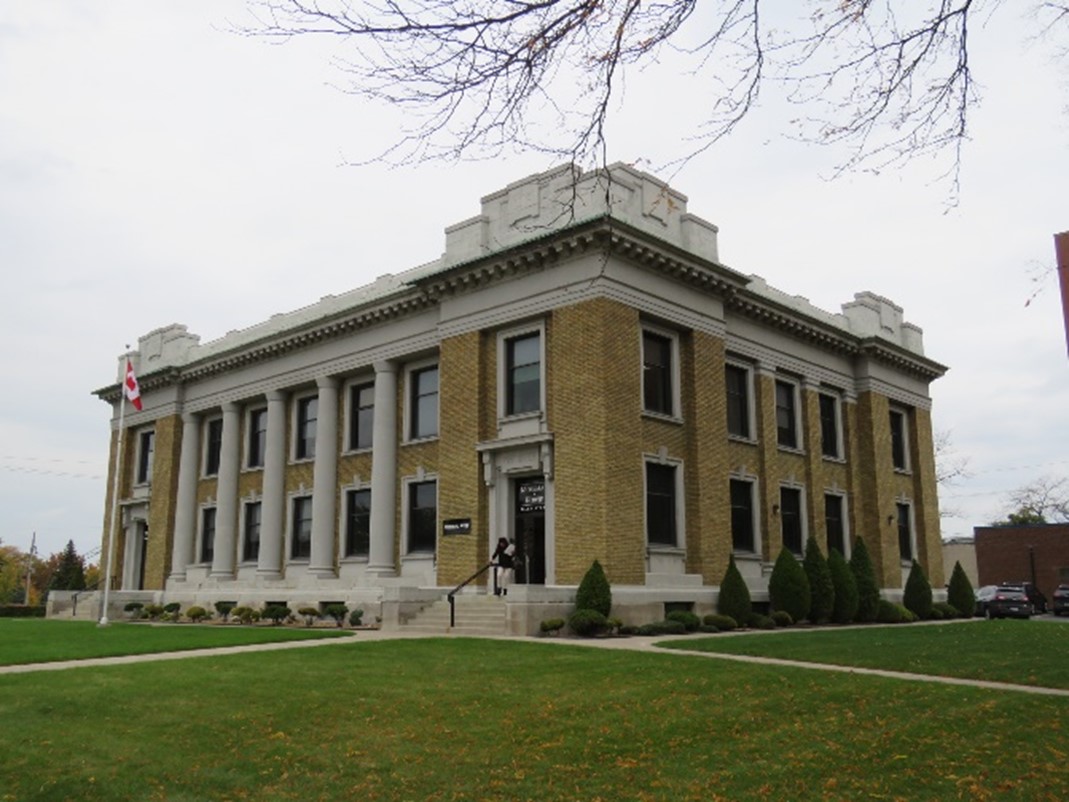
5.6. Explanation of Ontario Regulation 9/06
The following provides guidance on how to apply the criteria.
5.6.1. Category 1: Design value or physical value
Note: Criteria 1 to 3 address the materials, arrangement, composition, configuration, and construction or manufacturing of features or structures on a property. They reflect the architectural and structural design of those structures or features.
1. The property is a rare, unique, representative, or early example of a style, type, expression, material or construction method
To satisfy this criterion the property should:
- illustrate or exemplify:
- a style (shared physical characteristics or features that make a building or constructed landscape identifiable with a particular time, place or group of people)
- a type (a particular kind or group usually with a common function, activity or use, e.g., schools, hospitals, post office, courthouses, parks, etc.
- an expression (to display, show, embody or be the physical symbol of a way of life, belief, tradition, etc. e.g. place of worship, masonic temple)
- a material (where in a property serves as a particular example of the use of one or more building materials, e.g. precast concrete block, locally quarried stone, terracotta, decorative glass, etc.)
- construction method (a particular type of building or landscape construction is evidenced, e.g. a curtain wall tower, post and beam warehouse, balloon framed farmhouse, dry stone walls, or a dammed artificial lake
- be:
- rare (because there were few in number originally, or there are few in number today due to subsequent loss)
- unique (the only one of its kind or a prototype)
- representative (serving as an example of a particular land use, design, etc.)
- early example (in the context of time and place)
The context for determining rare, unique, representative or early should be established and communicated as part of the evaluation process and report. For example, something is rare within the entire municipality, a neighbourhood, or region of Ontario.
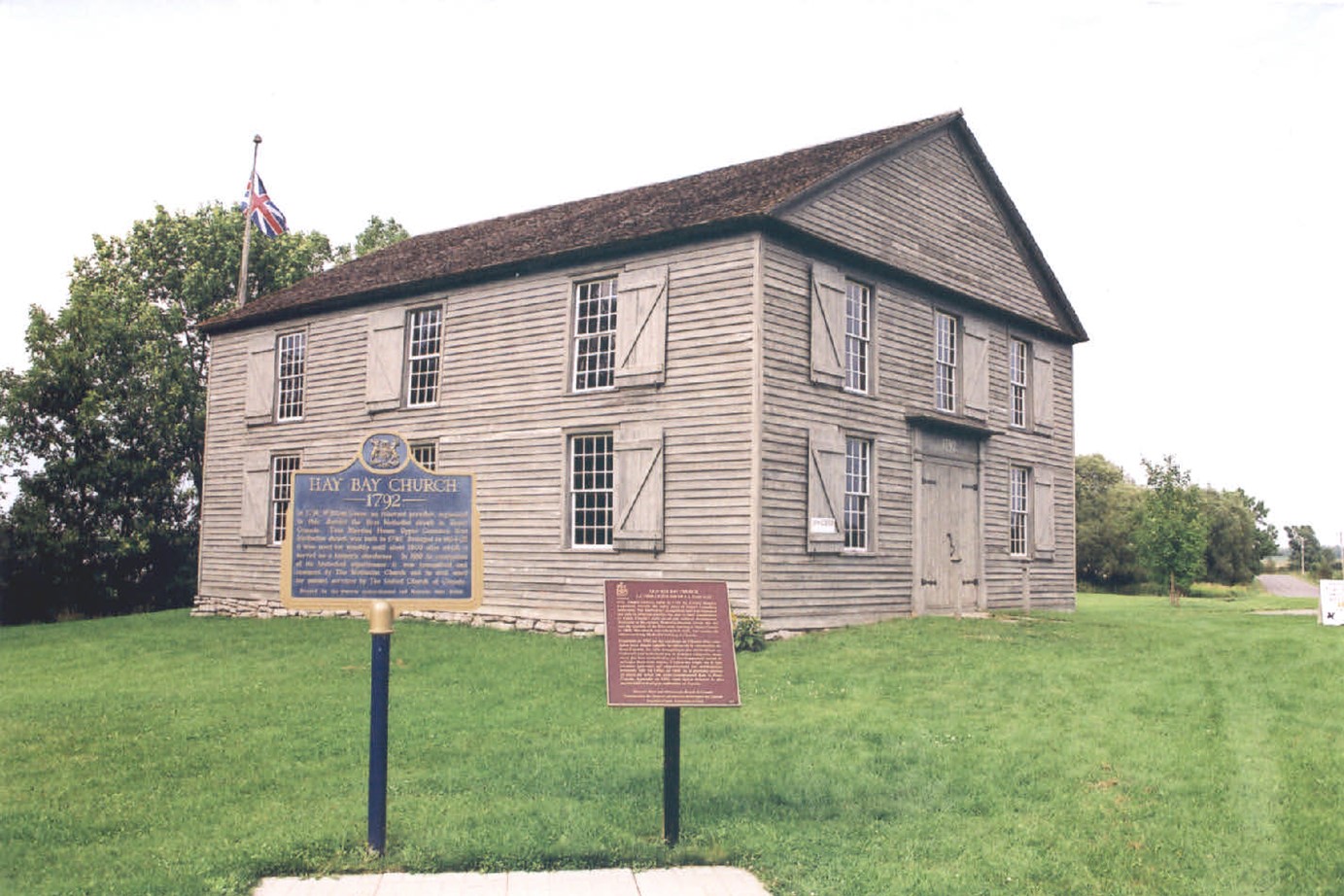
2. The property displays a high degree of craftsmanship or artistic merit
In determining whether a property meets the criterion which demonstrates or presents craftsmanship or artistic merit, municipalities should be satisfied their decision complies with existing legislation and/or regulations. This could be in either the current context when considering the ability to replicate the identified heritage attributes, or it could be that the property has been valued for its quality throughout its existence.
Historical accounts or records could help in determining how heritage attributes were perceived at the time they were constructed or manufactured.
Criteria 2 considers the quality of execution in the assembly of materials, construction methods, spatial arrangements, etc.
Craftsmanship: the quality of execution or technical skill on a product.
Artistic merit: quality of a product relating to the creative process and its value as a work of art; showing imaginative skill in arrangement or execution.
3. The property demonstrates a high degree of technical or scientific achievement
The property satisfies this criterion if it currently displays or presents technical or scientific achievement in a greater than normal quality or at an intensity well above an industry standard.
Criterion 3 considers the characteristics and evolution of construction techniques and the use of materials within the local historic context. A property may represent a technical or scientific innovation or a change in techniques or materials as it relates to:
- technical expertise in its construction methods
- scientific achievement in the use or adaptation of materials, forms, spatial arrangements
- breakthroughs in design or construction techniques

5.6.2. Historical value or associative value
Note: Criteria 4 to 6 address aspects of the property that are revealed through research and may not be known or understood through observation of the property alone. Each of them requires the evaluation to identify who or what is meant by community or culture. Community may be defined in different ways depending on the property in question and context, which is why it is important to identify and state this as part of the evaluation.
4. The property has direct associations with a theme, event, belief, person, activity, organization or institution that is significant to a community. This may include, but is not limited to the following:
- direct association – whether the property exemplifies or has strong evidence of its connection to a theme, event, belief, person, activity, organization or institution. For example, the property may be the product of, or was influenced, or was the site of – an event, theme, belief, activity, organization
- significance to a community – because a theme, event, belief, person, activity, organization or institution has made a strong, noticeable or influential contribution to a community
For further information on Historic Context refer to Section 4.5.1.
5. The property yields, or has the potential to yield, information that contributes to an understanding of a community or culture
Criterion 5 considers whether a property has, or can have, the ability to provide evidence of 1 or more notable aspects of a community’s history or the history of a culture. The community or culture may or may not be currently associated with the property. Consideration should be given to associations with underrepresented communities or where properties are associated with multiple communities.
To meet this criterion, the evaluation of the property should offer knowledge or a greater understanding of particular aspects of the community’s history or the history of the culture, or contribute to a comparative analysis of similar properties, etc. This may be demonstrated through the property (e.g.) archaeological assessments), or the combination of the property and associated documentary material or artifacts, or oral evidence.
6. The property demonstrates or reflects the work or ideas of an architect, artist, builder, designer or theorist who is significant to a community
To satisfy this criterion the property could:
- display or present the work or ideas of an architect, artist, builder, designer, or theorist
- be significant to a community – because of an architect, artist, builder, designer, or theorist has made a strong, noticeable or influential contribution. The contribution may have been recognized in its day or through subsequent interpretation
The evidence of the work or ideas needs to be explicitly identified, thoroughly supported in research, and be essential to understanding or interpreting the importance that the architect, artist, builder, designer, or theorist has in history. Incidental association does not satisfy this criterion.
5.6.3. Contextual value
Note: To determine if the property has contextual value, it is necessary to look at it in a broader setting, understand its relationship to the setting and its meaning to a community. The evaluation process when considering this category of criteria should identify what or who is meant as community in the context of the property and surrounding area and the evaluation of a property’s cultural heritage value or interest.
7. The property is important in defining, maintaining or supporting the character of an area
To meet this criterion the property may be in an area that has a definable character and the property contributes in some way to the character of the area.
The research should consider how much or to what degree, the property contributes to defining, maintaining or supporting the character.
Character: the combination of physical elements that together provide a place with a distinctive sense of identity. It may include geomorphology, natural features, pattern of roads, open spaces, buildings and structures, but it may also include the activities or beliefs that support the perceptions associated with the character, such as a property’s history as a public gathering space or as a site of technical innovation.
Area: refers to a street, neighbourhood, park, landscape, community, district, region, etc.
8. The property is physically, functionally, visually or historically linked to its surroundings
To satisfy this criterion a property needs to have a relationship to its broader context that is important to understand the meaning of the property and/or its context. The relationship may be:
- physical – i.e., when there is a material connection between the property and its surroundings e.g. use of limestone in Kingston
- functional – i.e., necessary to fulfill a particular purpose, e.g. a lighthouse
- visual – i.e., when there is a visual connection between it and at least one feature in the context, e.g. a structure built on a high point of elevation to ensure it would be highly visible from the surrounding area as a sign of the property’s importance to the community. It is not visually linked merely because adjacent properties can be seen from it
- historical - i.e., when there is a connection to the historic context e.g. Battlefield Park in Stoney Creek
9. The property is a landmark
This criterion considers whether the property is, or includes a landmark that is, meaningful to a community.
The key physical characteristic of a landmark is its prominence within its context, e.g., a well-known marker in the community. Landmarks are usually memorable and easily discernible. They often serve as orientation guides and/or local/regional tourist attractions.
